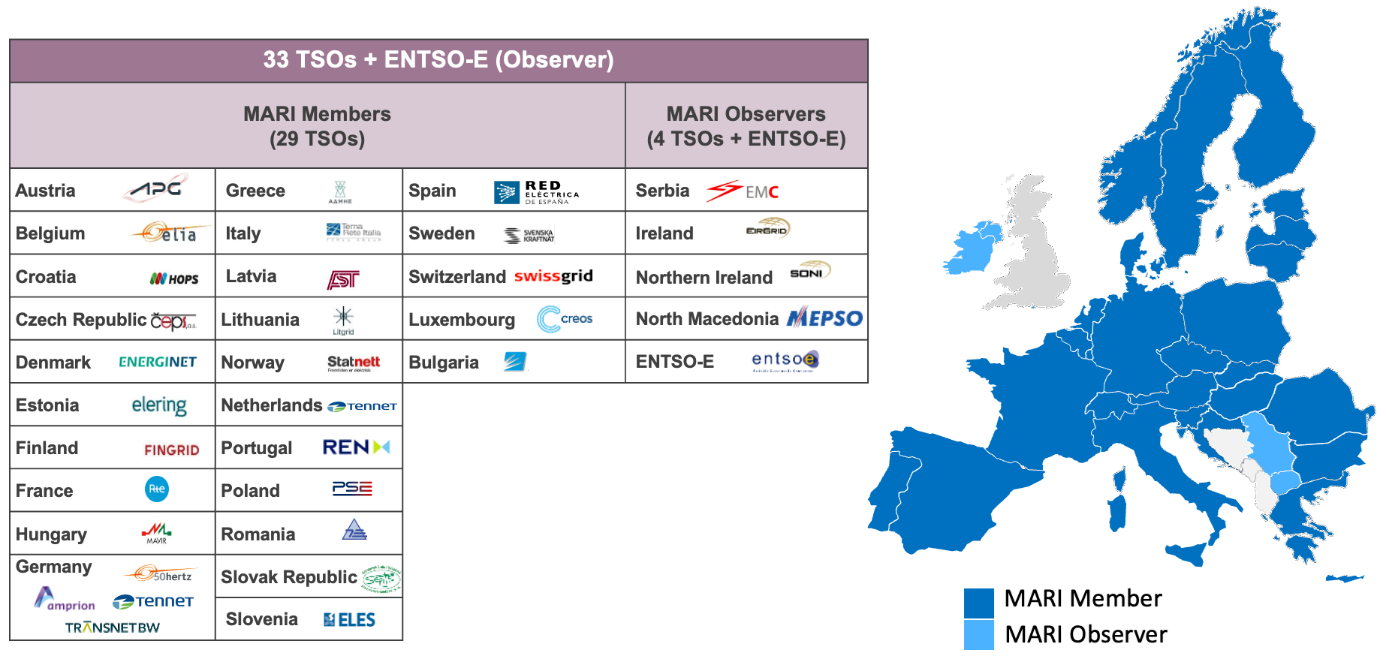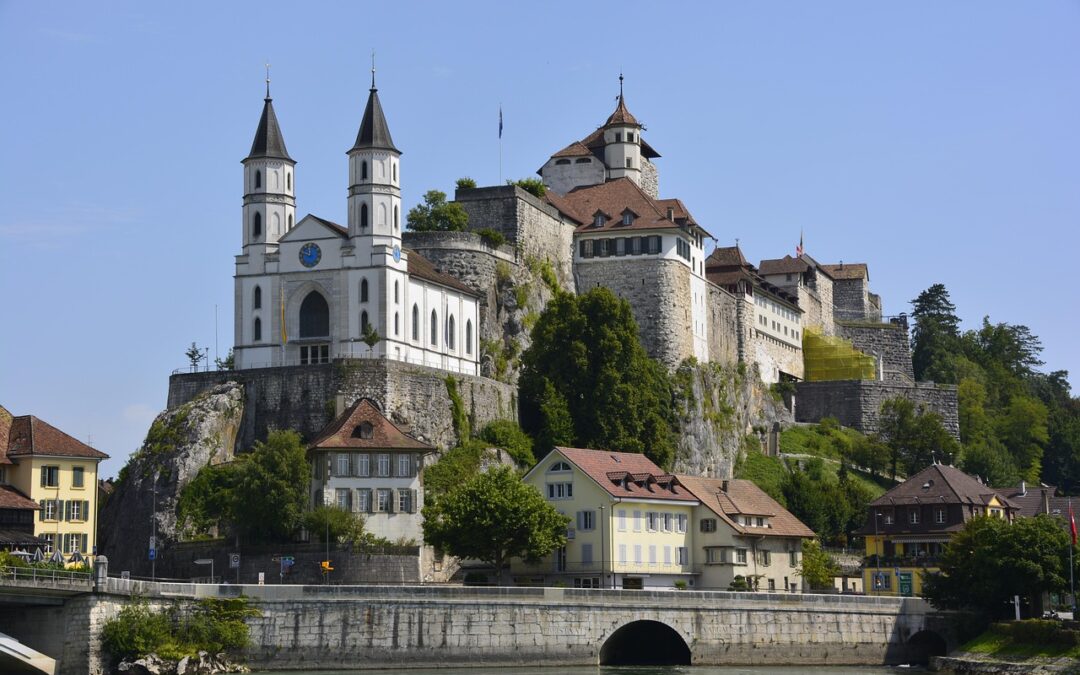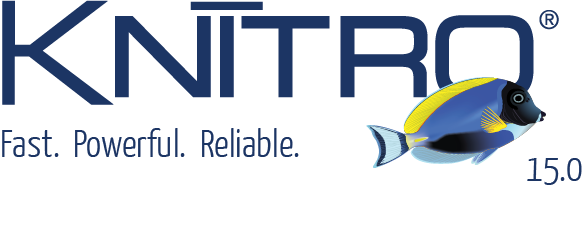Pan-European mFRR balancing auction is live and powered by Artelys
On the 5th of October 2022, the Pan-European platform for the exchange of manual Frequency Restoration Reserves (mFRR) balancing energy has been brought successfully into operation. CEPS and the German TSOs (TenneT DE, 50Hertz, Amprion, and TransnetBW) have accessed the platform and cross-border exchanges were successfully performed.
Artelys is proud to have developed the market clearing engine at the core of this balancing market. After successful delivery of the market clearing engine for the exchange of replacement reserves (TERRE project), Artelys was tasked to specify and implement the activation optimization function for the MARI project.
This optimization function, the Libra Optimization Module, selects the best combinations of demands and bids in order to balance the electricity grid and meet system adequacy while taking into account both business and technical constraints (e.g., related to the power grid). The optimization function meets high-performance and high-availability requirements. It can be called every 30 seconds and shall return results within 15 to 60 seconds (depending on the clearing mode) while accounting for complex bids, coupled markets, network constraints, and pricing rules.

About mFRR and MARI project:
MARI (Manually Activated Reserves Initiative) is the European implementation project for the creation of the Pan-European platform for the exchange of balancing energy from frequency restoration reserves with manual activation between the member states of the European Union. MARI project includes 29 TSO members and 4 TSO observers along with the European Network of Transmission System Operators for Electricity (ENTSO-E).
Manual Frequency Restoration Reserves (mFRR) refer to the active power reserves that are available to TSOs to restore the system frequency to its nominal value and to restore power balance to the scheduled value and thus compensating the activated FCR power. mFRR are used when there are longer lasting deviations in the power grid that cannot be resolved solely by the other upstream balancing services (Frequency Containment Reserves (FCR) or automatic Frequency Restoration Reserve (aFRR)).
If you want to know more : Amprion press release I ENTSO-E press release I MARI activation optimization function public description

Swissgrid selects Artelys Crystal Super Grid
Artelys is pleased to announce that Swissgrid, the Swiss electricity Transmission System Operator (TSO), has selected Artelys Crystal Super Grid, our multi-energy simulation solution, to support their strategic planning and system analysis activities.

Artelys led the Assessment of Policy Options for Securing Inertia for the European Commission
The European Commission’s Directorate-General for Energy (DG ENER) selected Artelys (leader), Trinomics, and Tractebel ENGIE to study solutions for ensuring the future frequency stability of the European power system. The study report was published in August 2025 by...

Artelys Knitro 15.0: New Tools for Your Large-Scale Models
Artelys is pleased to announce the release of Knitro 15.0, which provides new algorithms and performance improvements to solve your large-scale optimisation problems, whether linear or non-linear, more quickly.

Artelys Introduces Future Sight: a Visualisation Tool Supporting the Energy Transition
As partner in the European Climate + Energy Modeling Forum (ECEMF) – a Horizon 2020 Europe project uniting research institutes and leading energy modellers in Europe – Artelys has contributed to modeling activities powered by Artelys Crystal Super Grid modelisation tool, and has led the development of a fully-fledged visualisation tool.
subscribe to our newsletters
© ARTELYS • All rights reserved • Legal mentions